Trump avoids tough questions on race, as White House pushes alternate reality: ANALYSIS
The president declared it "a great day for equality."
For months, President Donald Trump and his White House advisers have pushed an alternate reality as the novel coronavirus spread and racial tensions exploded – a posture on stark display in the Rose Garden Friday morning.
As the country continues to reel from the death of George Floyd with thousands of people taking to the streets daily to protest his death and racial inequalities in America, Trump declared the virus largely dealt with, and called it “a great day for equality.”
Seizing on jobless figures released Friday that were better than forecast -- but just slightly better than the previous month's -- Trump insisted a strong economy was the answer to fixing the country’s inequities.
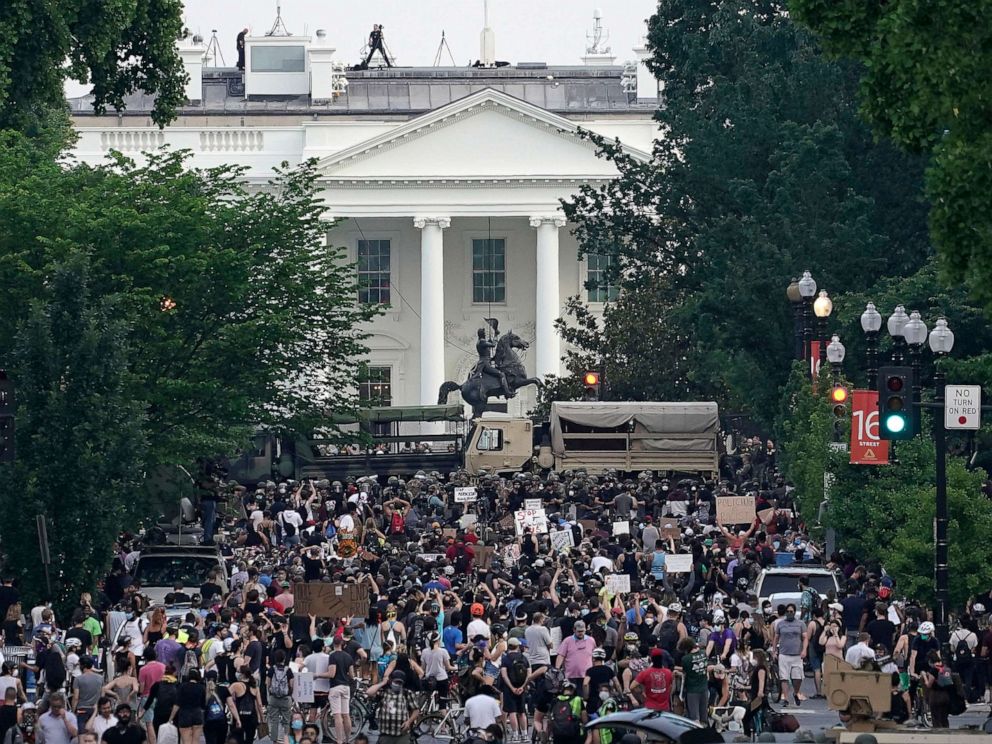
"What’s happened to our country and what you now see, it’s been happening," he told reporters, "is the greatest thing that can happen for race relations, for the African-American community, the Asian-American, the Hispanic-American, for women, for everything."
But beyond the fact the president’s victory lap may be premature -- with the economy far from out of the woods from the devastating free fall brought on by the pandemic -- the reality was that the reported job gains did not lift the boats of the country’s African-American and Asian-American communities.
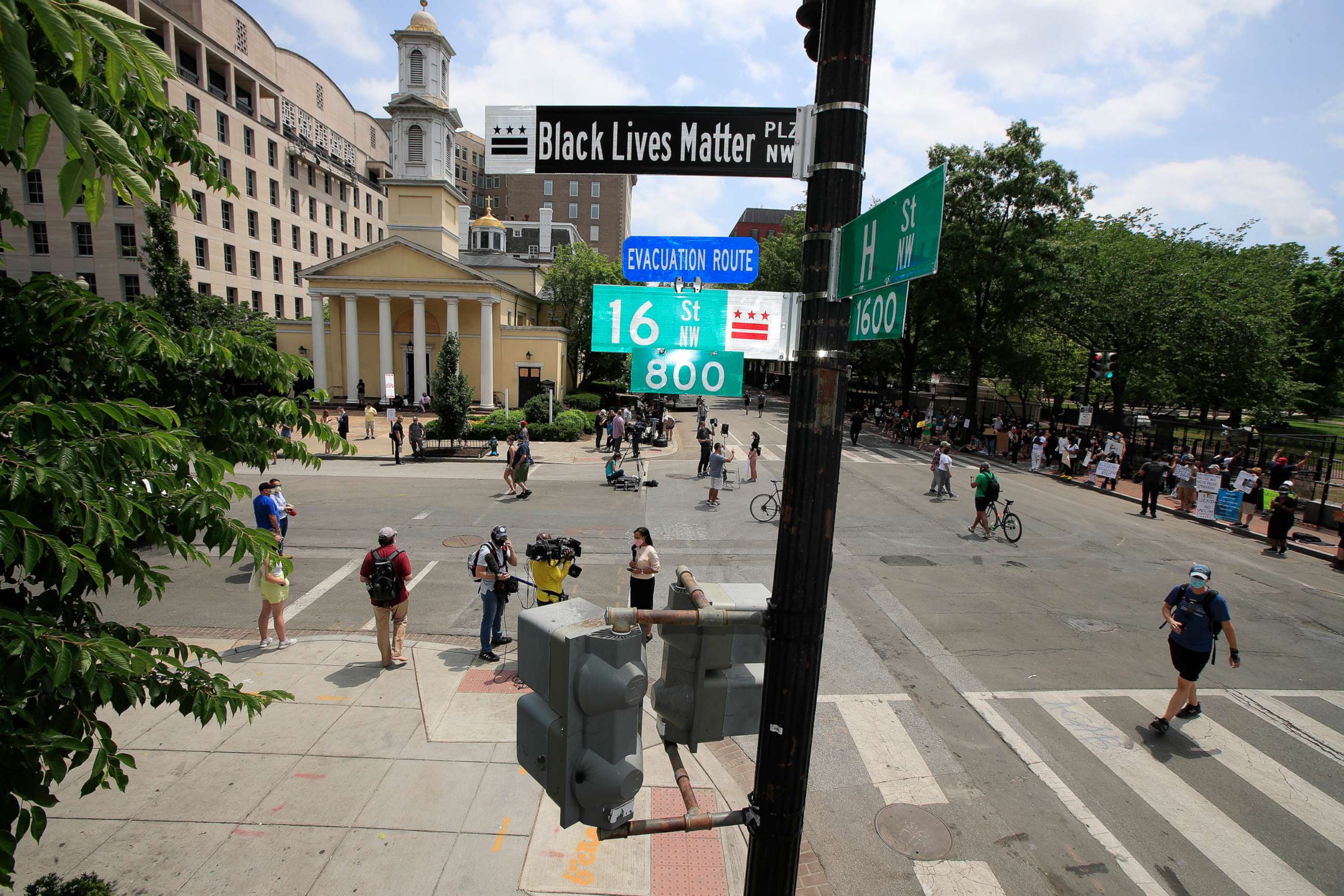
The jobless rate for African Americans remained almost unchanged, at 16.8%. It stood at 15% for Asian Americans.
In another sign of White House attempts to turn the page, social distancing protocols that have become common in the COVID-19 era at the White House were disregarded. The White House placed reporters’ chairs close together -- not 6 feet apart -- and most top officials eschewed face coverings.
The president and the White House had said he would hold a news conference in the Rose Garden, but that is not what happened.
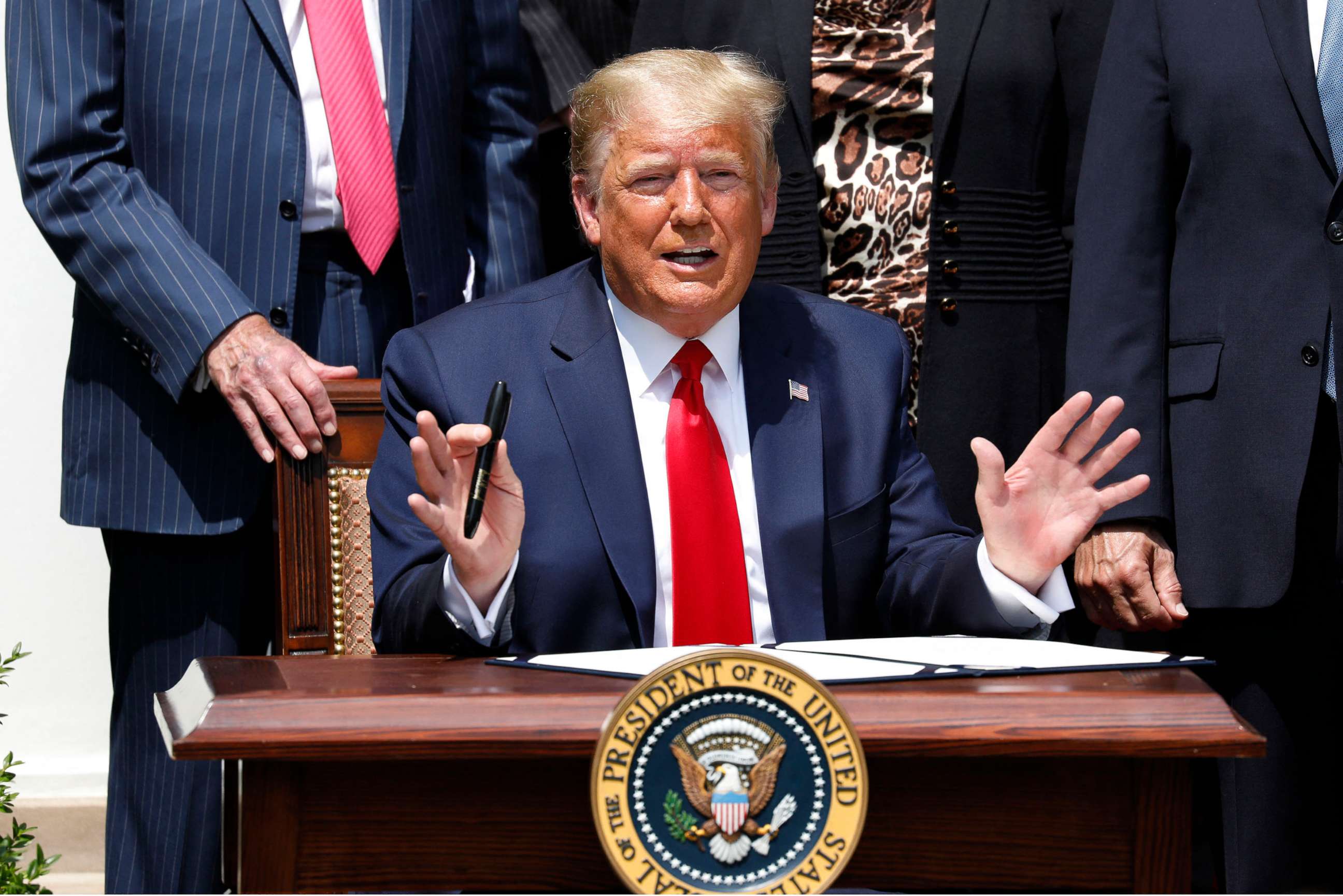
Trump did not take questions, and instead rambled for the better part of 50 minutes, shushing reporters for attempting to ask questions about Floyd and racism in America.
The president opened his remarks with a stream-of-consciousness commentary that ranged from the economy and law enforcement to hurricanes and RVs. He also declared he was in “perfect shape." His recent physical results showed otherwise, as he is clinically obese.
The president has not answered a question from a reporter since Saturday, when he traveled to Florida for a shuttle launch – except when a reporter asked him whether he was holding his own Bible during that controversial photo op Monday at a church near the White House. “It’s a Bible,” he replied then.
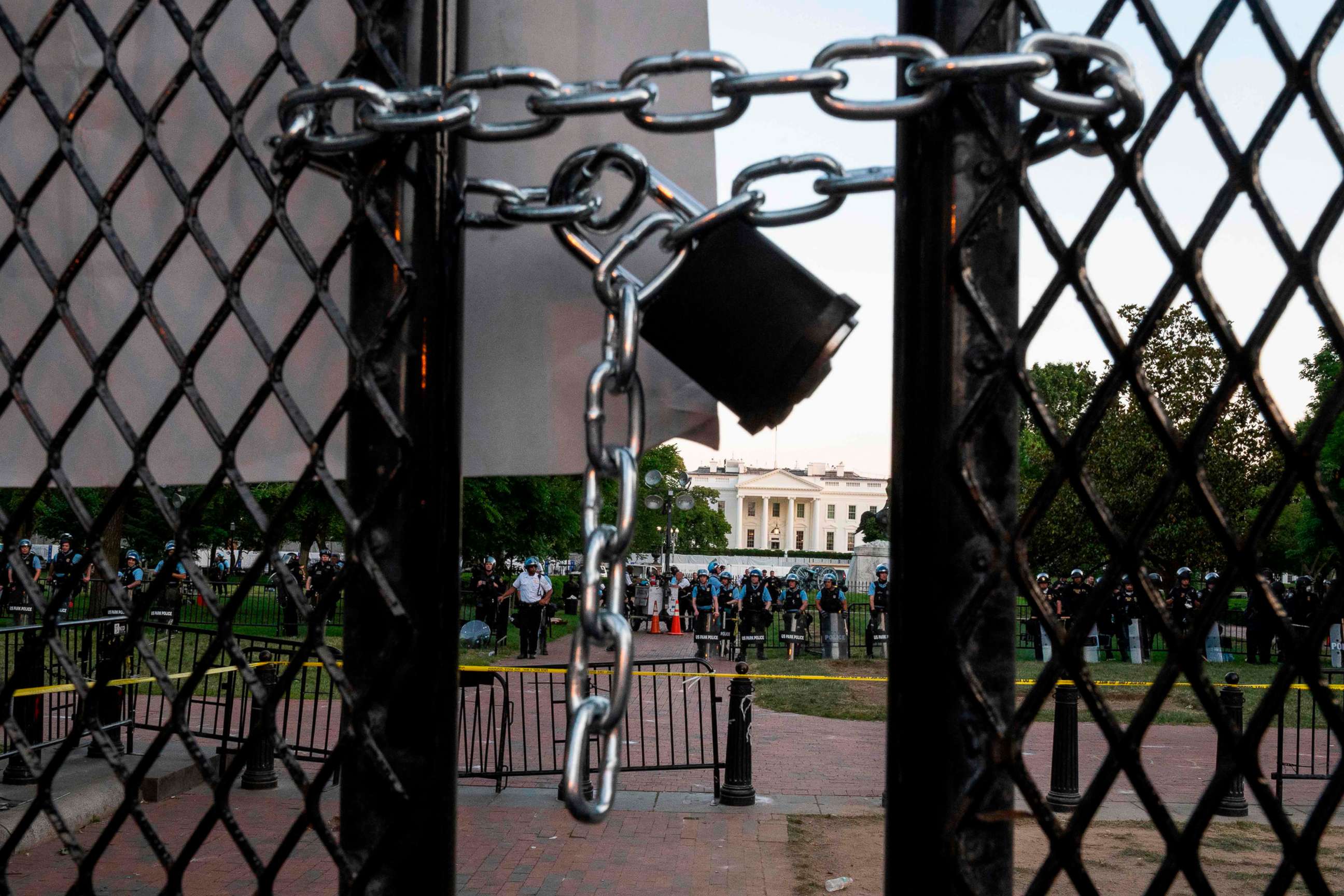
As of Friday afternoon, he had yet to speak about Floyd’s Thursday memorial service, as his wife and Vice President Mike Pence did on Twitter the day before.
Pence, meanwhile, visited a church in Maryland soon after appearing – and speaking – alongside Trump in the Rose Garden, holding his second listening session in two days with members of the African-American community.
In a striking contrast to the president’s defensive posture, the vice president offered words of condolence and expressed empathy, although he also endorsed Trump’s tough talk on looters among the overwhelmingly peaceful protesters across the country.
“We really believe this is a moment in the wake of the tragedy that we listen, we learn and we respond,” Pence said.
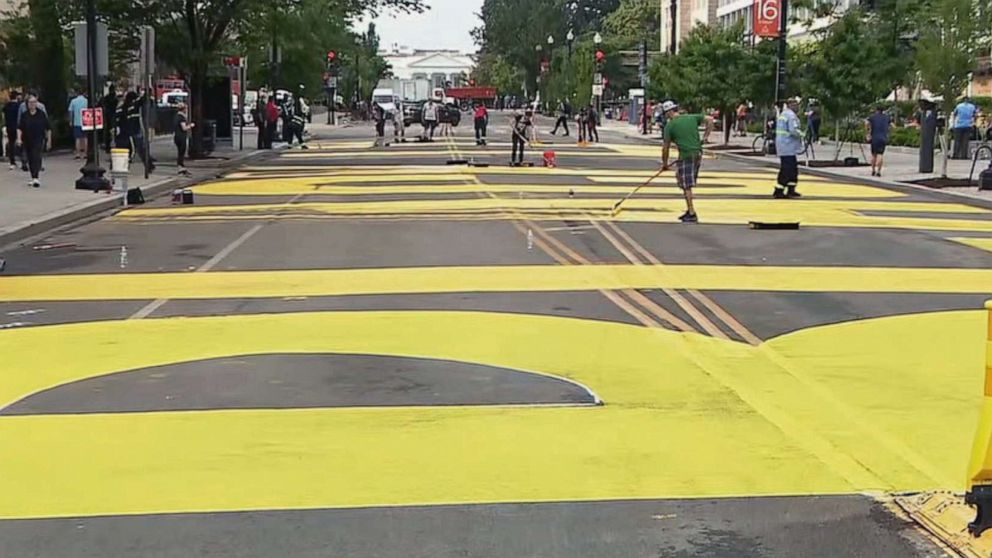
There has been no evidence Trump has spoken with any of the protesters.
He did, though, post on Twitter an unusually large number of times Thursday and Friday – among the top days of his presidency, in terms of the number of tweets and speed at which he posted, according to the data analytics firm Factba.se. But nowhere to be found were comments about Floyd’s memorial service – or even Floyd’s name.
Meanwhile, protesters just a block from the White House painted a giant mural that read "Black Lives Matter" across two blocks of Washington's 16th Street.
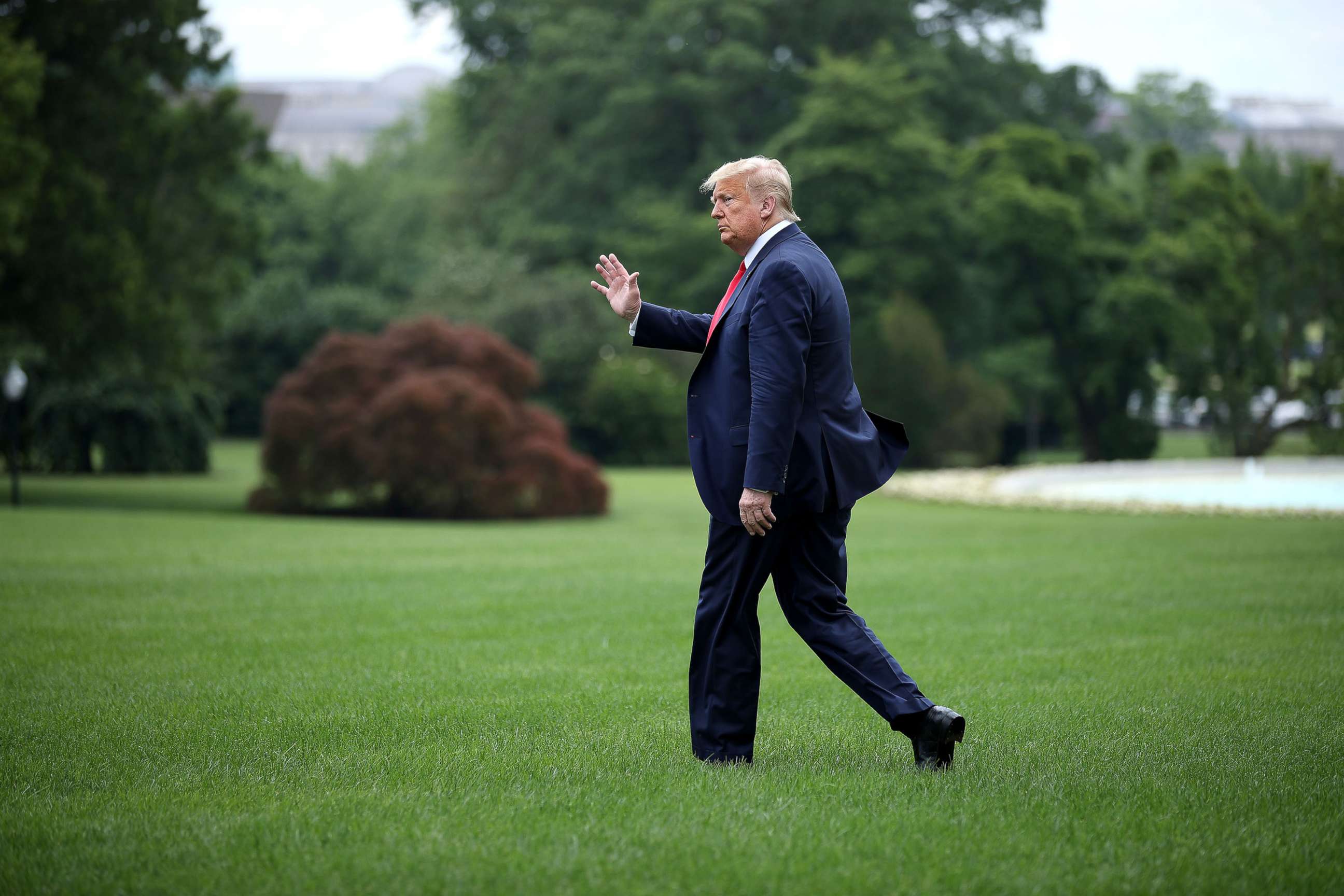
The president, in a tone-deaf move, on Friday made no mention of the underlying issues of policing and racism that have called thousands to the streets in America -- aside for one scripted line about "equal justice" applying to all Americans.
He instead pushed governors to use the military to “dominate the streets” against protestors, as he had told them directly earlier this week.
Presented, yet again, with an opportunity to unify the nation and address protesters demanding systemic change, Trump, once again, made no effort to do so.




